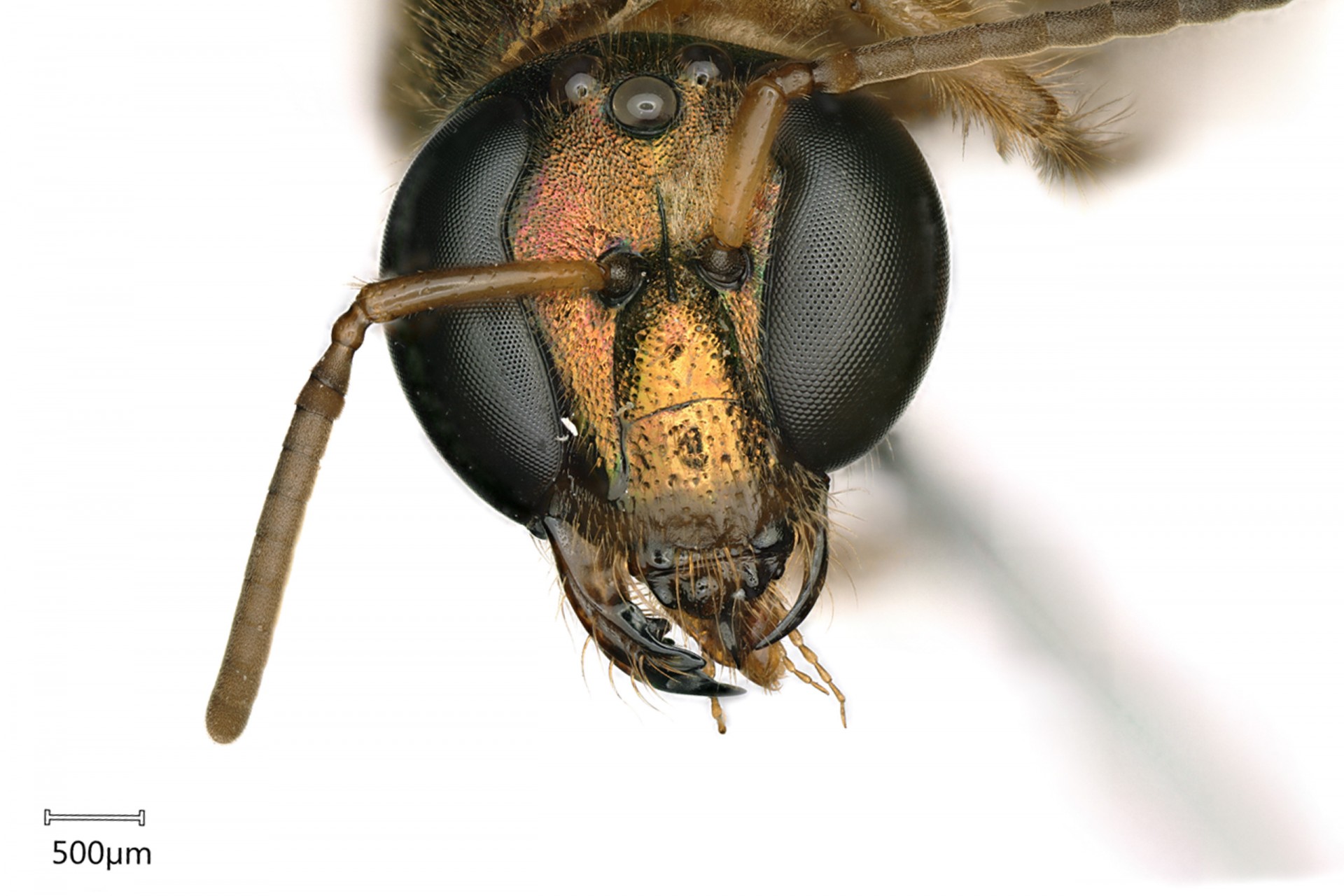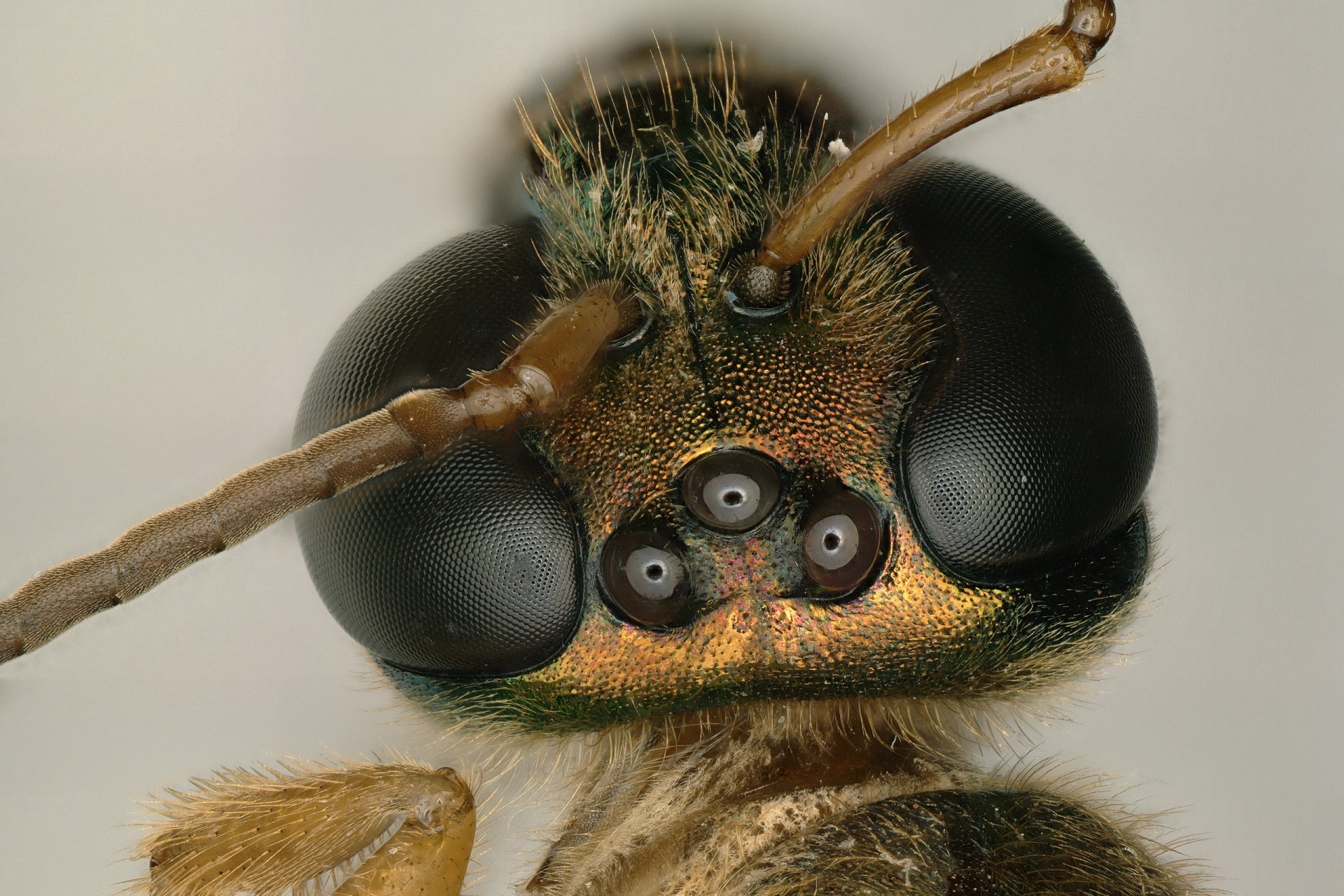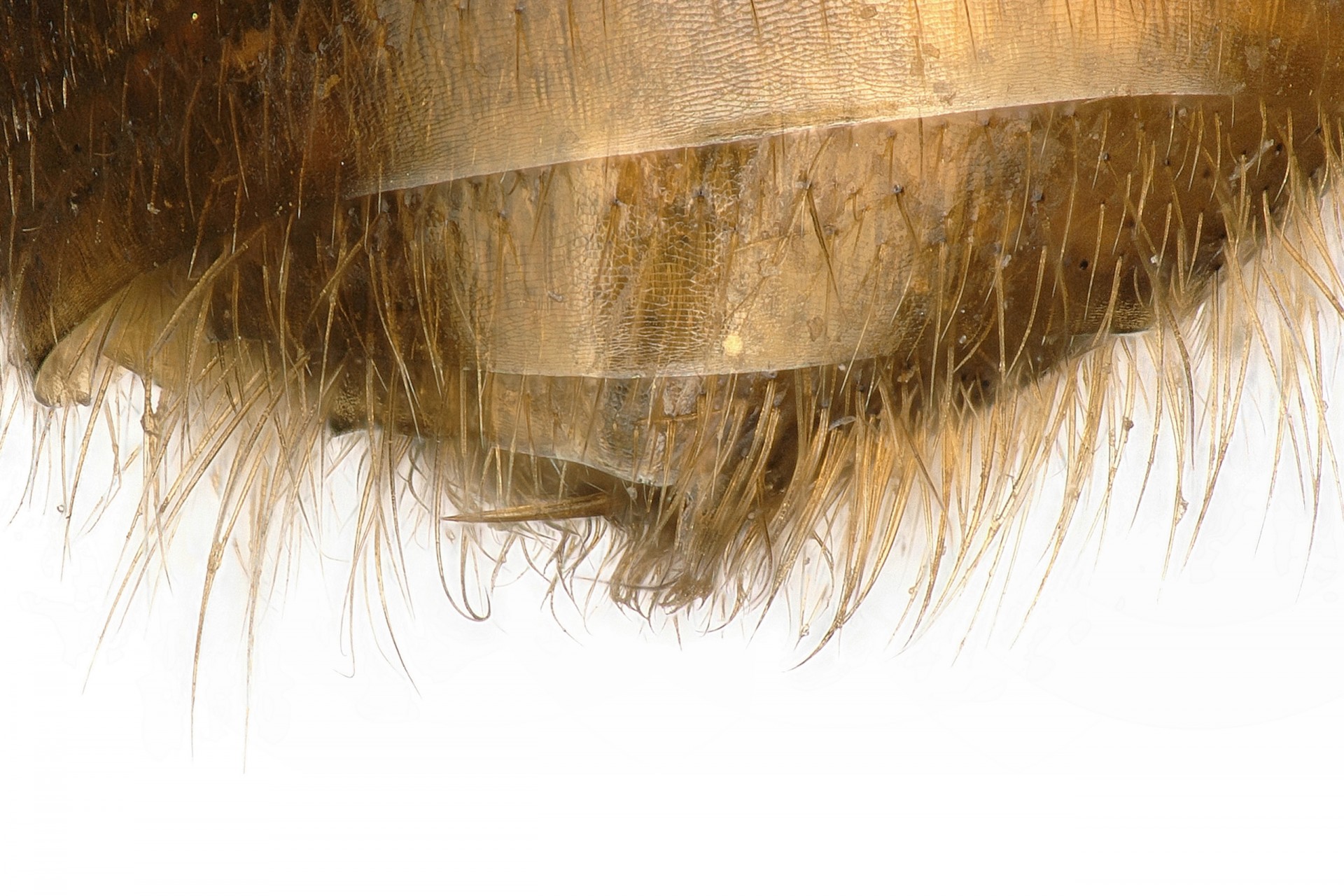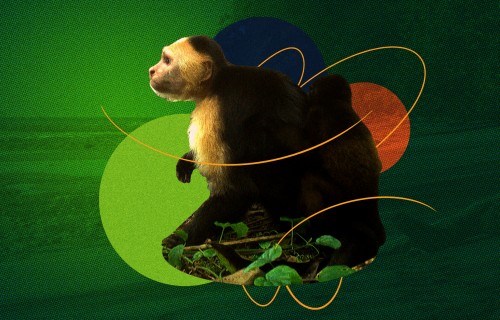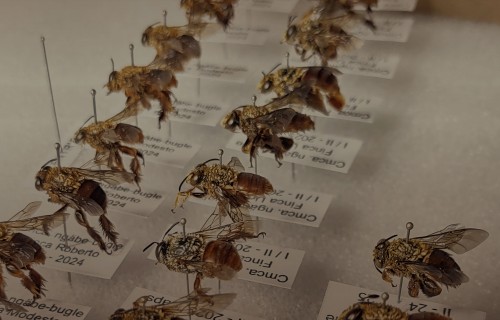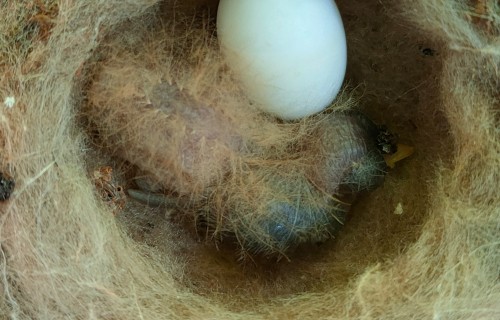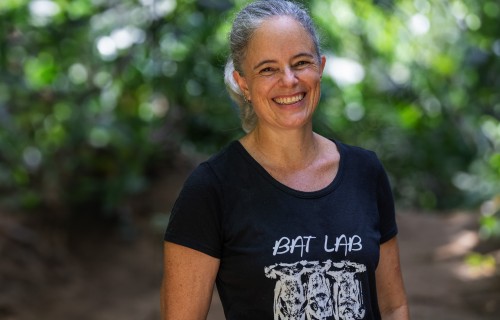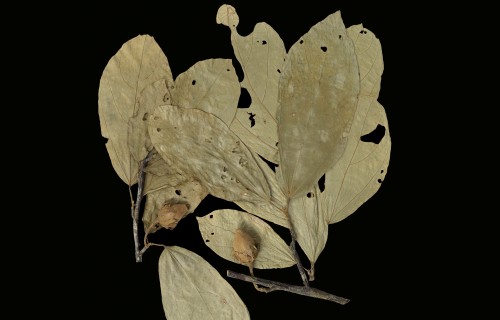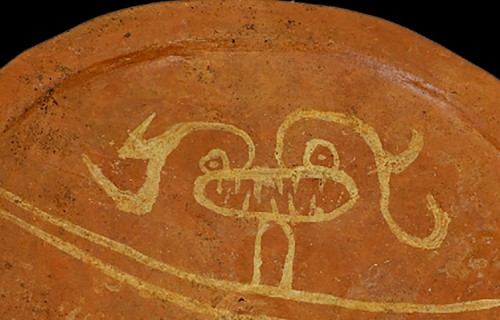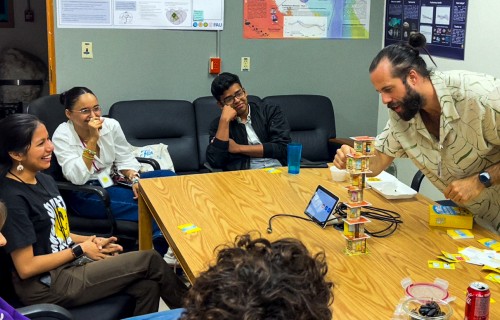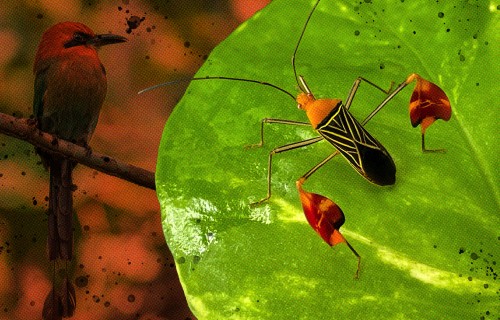A group of capuchin monkeys
caught on-camera with abducted
baby howler monkeys
Male or
female
How does an intersex
bee behave?
Barro Colorado Island
A collaborative effort at Barro Colorado island described the daily rhythm of a rare half male-half female bee
In the neotropical forest of Barro Colorado Island (BCI) in Panama, an unusual bee was born. Its form was that of a male on one half and a female on the other half. Its left side was male-like, with a long antenna, a mandible that was delicate, coming to a point as typical of a male and its left hindleg was slender and naked. But the right side was female-like, with a shorter antenna, a stout, toothed mandible useful for digging a nest, and a robust hindleg plumose with branched hairs for transporting pollen. It also had a sting, pointing outward from the female half of the body.
A diverse group of Smithsonian students and scientists working on nocturnal, socially flexible bees at BCI recognized it as a gynandromorph: a rare condition that results in the expression of both male and female characteristics.
The first discovery of a Megalopta gynandromorph was two decades before: in 1999, STRI staff scientist Bill Wcislo found a M. genalis that exhibited the same condition in Barro Colorado. And this is the first report of one within the closely related bee species Megalopta amoenae.
Given the singularity of the occurrence, the group decided to describe an aspect of its behavior that hadn’t been previously studied in gynandromorphs: the circadian activity, an internal process that enables organisms to clock their daily activities, and for bees and other pollinators to coordinate their foraging behavior with the availability of floral resources. The observations were led by former STRI intern Erin Krichilsky, a student from Cornell University.
They found that the gynandromorph’s activity started earlier in the day, compared to the male and female bees, but that its highest intensity periods most closely resembled the behavior of females. These results were recently published in the Journal of Hymenoptera Research.
For the research team, cases like these should continue to be studied, to determine the frequency and distribution of gynandromorphs globally, but also because they may exhibit odd or novel behaviors. Ultimately, their unusual activity patterns could potentially lead to new evolutionary paths.
“It is impressive that even though there has been intense sampling of Megalopta at STRI for nearly 30 years, only two gynandromorphs have ever been found. This really exhibits the rarity of these creatures”, said Krichilsky. “Finding the M. amoena felt like striking gold or winning the Darwinian lottery.”
Other researchers and students that made this work possible include William Wcislo, Callum Kingwell, Álvaro Vega-Hidalgo, Kate Hunter, Chelsey Ritner, Adam Smith, Janitce Harwood, Luis Felipe Estrada and Ana Gutierrez.
Krichilsky E, Vega-Hidalgo Á, Hunter K, Kingwell C, Ritner C, Wcislo W, Smith A (2020) The first gynandromorph of the Neotropical bee Megalopta amoena (Spinola, 1853) (Halictidae) with notes on its circadian rhythm. Journal of Hymenoptera Research 75: 97-108. https://doi.org/10.3897/jhr.75.47828

